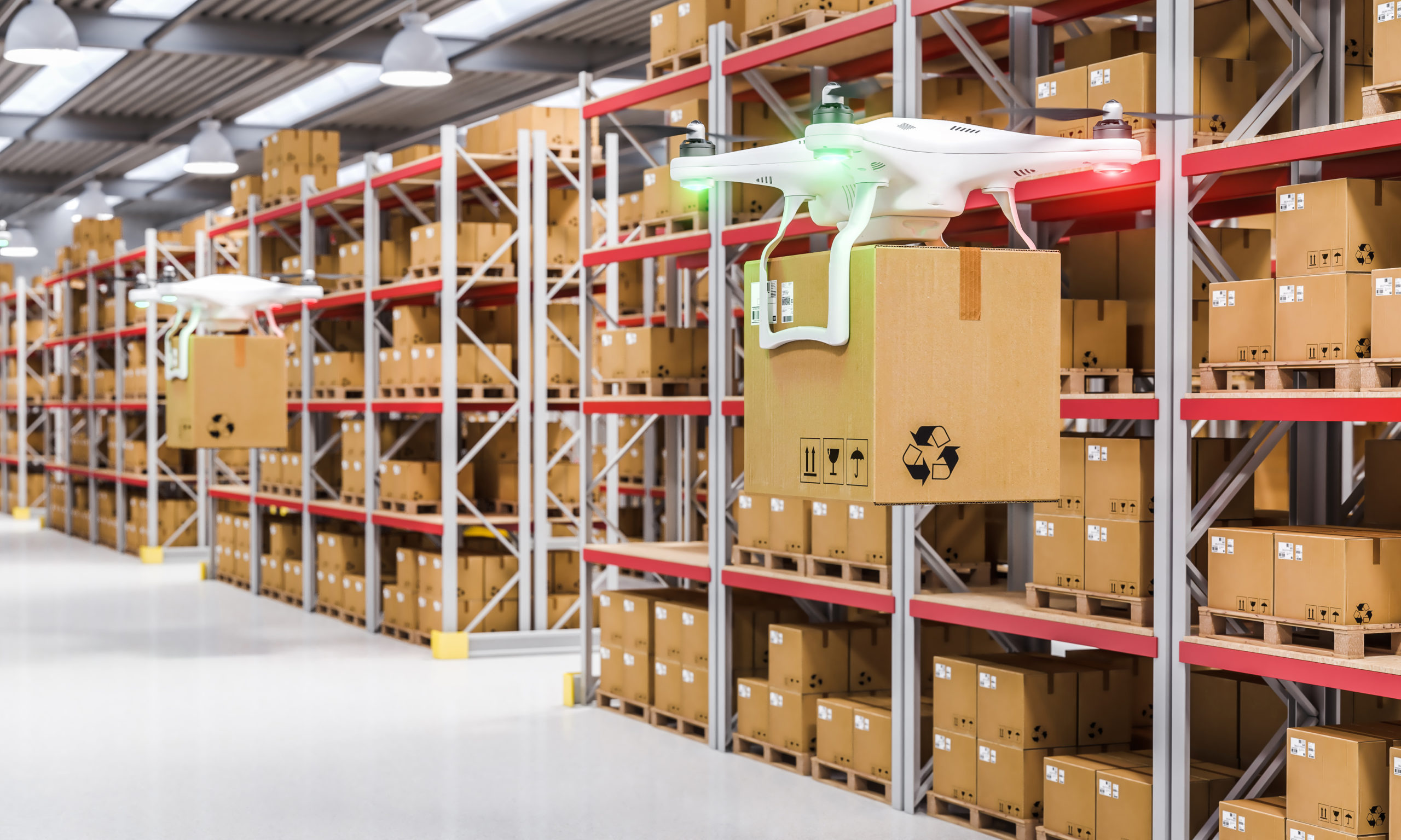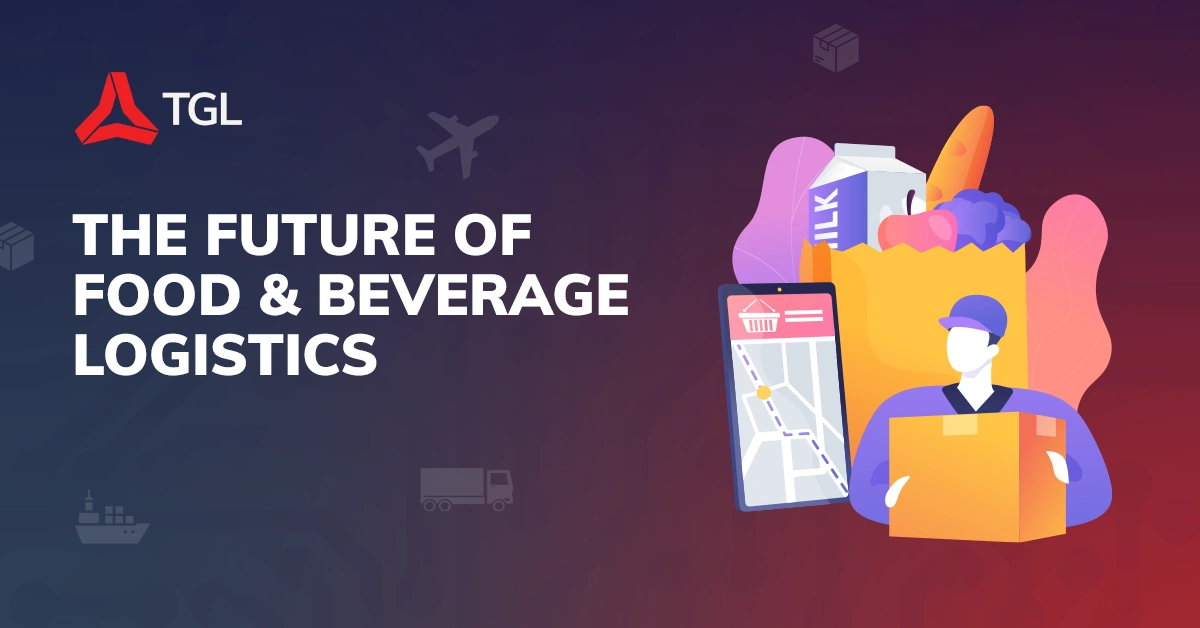Future of Warehousing

What will the future of warehousing look like?
Warehousing and logistics, an industry with complex operations is in need of flexible and innovative solutions. Currently many in the world of warehousing are jumping at the chance to upgrade their warehouses to make them more efficient and digitised. Amazon, XPO Logistics, and Alibaba are major powerhouses that have successfully deployed innovative technologies achieving the future of warehousing.
Here are some innovations that are in practice and some that are predicted to be implemented in the near future of warehousing.
Robotics and Cognitive Computing
With robotics and cognitive computing already taking centre stage at major companies namely Amazon and Alibaba - they are already carrying out 70% of all tasks. AGV's (Autonomous Guided Vehicles) are now used as potential substitutes for forklifts and are revolutionising the way cargo is transported inside the warehouse. Drones are set to disrupt warehousing as well, as they have the ability to locate cargo fast and efficiently with sensors, cameras, barcode scanners, and RFID (Radio-frequency identification) technology. Therefore, drones will be able to manage inventory in one-third of the time currently needed. Cognitive computing is currently able to efficiently optimise robotics in real-time in the form of decision engines, decision logic, computer vision systems, and transportation execution system.
Predictive Maintenance
A range of technologies is impacting the traditional idea of maintenance. Maintenance has long been a passive, reactive process of waiting for the machine to break to then fixing it. Today a mix of technologies are allowing organisations to gain unprecedented insight into the lifecycle of products, components and even materials. Technologies such as enterprise asset management, digital twins, sensors, RFID tags, smart supply chains, and artificial intelligence are allowing warehouses to operate more efficiently. Warehouses around the world are increasingly adopting proactive maintenance processes eliminating costly and time-consuming equipment failures.
Warehousing on Demand.
An emerging trend from the need for greater warehouse flexibility to accommodate temporary demand for additional capacity. On-demand warehousing enables companies who have already built warehousing to handle their peak season demands. In addition, they are able to monetise their unused space during quieter times of the year.
Flexe and Stowga are start-ups that have created apps and cloud platforms that allow warehouse owners to lease out space, and potential clients to rent that space on-demand over periods that range from days and months. Similarly, this can help regenerate brownfield sites and unused buildings, in the same way that Airbnb has for personal accommodation.
Real-Time Inventory Management.
The current state of commerce is creating heavy pressure on warehouse managers for more efficient inventory management. Automation identification systems such as smart sensors, RFID, GPS, etc., can not only provide end-to-end visibility of inventory but also operational intelligence through the data that these sensors collect. In conclusion, these will optimise inventory management while making warehouses safer with increased visibility.
Warehouse Automation.
Warehouse automation is a present reality and one that is also a part of the future of warehouse automation. Automation and robotics can simplify the performance of manual tasks in a more efficient and cost-effective way. With the introduction to AI in warehousing, robotics will become more human-like in aspects of memory, sensing, skills, and affinity for learning. Advanced sortation systems are already being leveraged due to them providing faster unit and parcel sorting. For example, applications such as direct to consumer order fulfilment, retail or even return processing, can be used. Automation is one indispensable aspect which warehousing is unlikely to survive in the future without.
Sources.
https://www.supplychaindigital.com/logistics/future-logistics-warehouses
https://www.logisticsmgmt.com/article/the_warehouse_of_the_future
https://articles.cyzerg.com/warehouse-digitalization-the-future-of-warehousing
https://internetofbusiness.com/five-predictions-future-smart-warehousing/
https://www.forbes.com/sites/stevebanker/2020/07/31/automation-is-the-future-of-warehousing/#5e32e71130f4
https://6river.com/warehouses-of-the-future/#:~:text=The%20warehouse%20of%20the%20future%20will%20take%20advantage%20of%20automated,%2C%20data%2Ddriven%20capacity%20planning.&text=On%2Ddemand%20warehousing%20is%20another,temporary%20demand%20for%20additional%20capacity.


